Let me introduce you to Lake Ewlyamartup (pronounced you-lee-a-mart-up). Regular Katanning Landcare followers will know the place well – a 100 ha hidden gem of Katanning, being slowly but surely rehabilitated by a band of loving locals and supportive funders.
But it’s a funny old lake, and its quirks have, in part, lead to its downfall.
Water flows into the northern end of Lake Ewlyamartup via the Ewlyamartup Creek, which brings water from 50,000ha of land including the Katanning and Broomehill townsites.
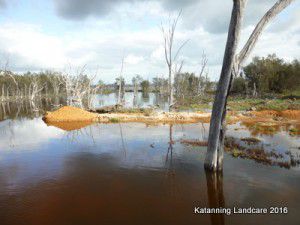
Water flowing into Lake Ewlyamartup from 50,000ha of catchment.
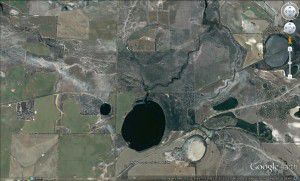
Lake Ewlyamartup. Inflow water flows from the top left of the map to the inlet at the north (top) of the lake. Note the overflow bypass creek leading off to the north-east to join the Coblinine River, which flows once the lake is full.
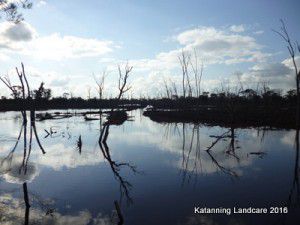
Water making its way to the Coblinine River (top centre), bypassing a full Lake Ewlyamartup.
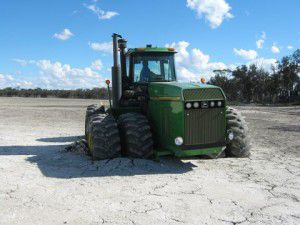
Tractor demonstrating the depth of built-up sludge at Lake Ewlyamartup, at the start of the 2011 Great Sludge Clean-Out.
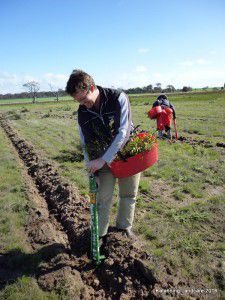
Volunteers planting trees to protect Lake Ewlyamartup.
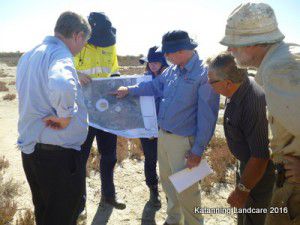
Planning the flushing channel.







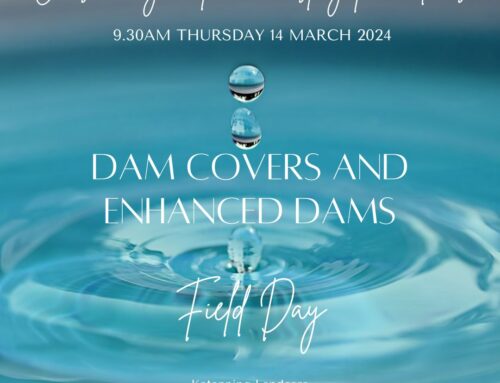
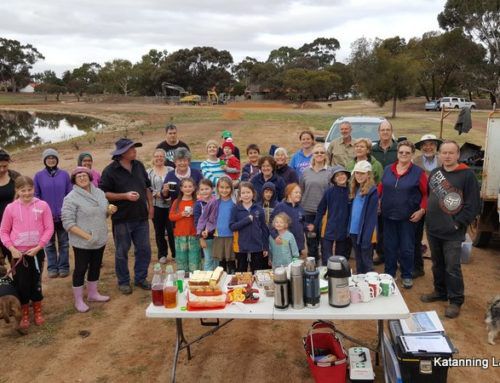

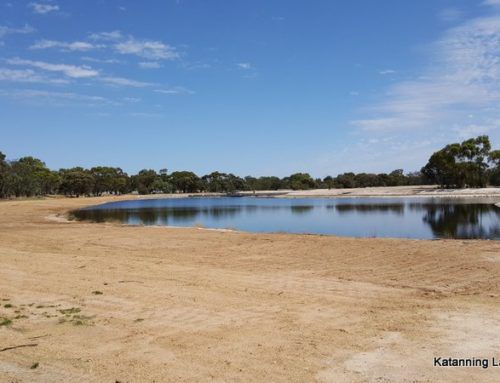
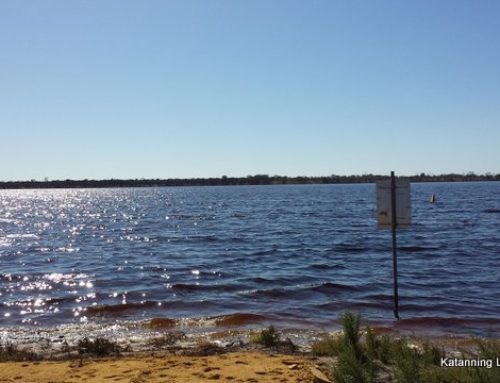
Leave A Comment